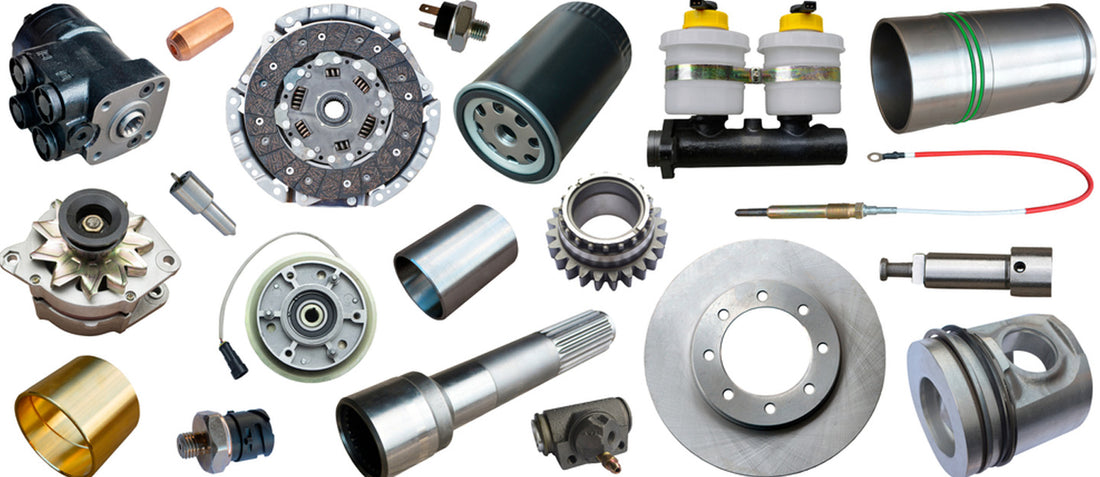When it comes to repairing or maintaining a vehicle, one of the decisions car owners must make is whether to use OEM or aftermarket car parts. While both options can be suitable, there are significant differences between the two that car owners should understand to make the best decision for their needs and budget.
OEM, or Original Equipment Manufacturer, car parts are made by the same manufacturer that produced the vehicle. OEM parts are specifically designed to fit and function exactly as the original part that came with the vehicle. These parts are generally considered to be of higher quality and are typically more expensive than aftermarket parts.
On the other hand, aftermarket car parts are made by third-party manufacturers that are not affiliated with the original vehicle manufacturer. Aftermarket parts may have different designs and materials than OEM parts and may not be an exact match for the original part. However, they are typically less expensive than OEM parts and can be a more budget-friendly option.
So, what are the main differences between OEM and aftermarket car parts?
-
Quality: OEM car parts are designed to meet the same quality standards as the original parts that came with the vehicle. This means that they are usually of higher quality and can be expected to last longer than aftermarket parts.
-
Price: OEM parts are generally more expensive than aftermarket parts, as they are produced by the original vehicle manufacturer and have a higher level of quality assurance. Aftermarket parts are typically less expensive, as they are made by third-party manufacturers and may have lower quality standards.
-
Availability: OEM parts can only be purchased from authorized dealerships or parts suppliers, while aftermarket parts can be found at a variety of retailers, both online and in brick-and-mortar stores. This makes aftermarket parts more widely available and easier to access.
-
Warranty: OEM car parts usually come with a warranty that covers the part for a specific period of time. Aftermarket parts may also come with a warranty, but the length and coverage can vary depending on the manufacturer and retailer.
-
Compatibility: OEM parts are designed to be an exact match for the original parts that came with the vehicle, ensuring that they will fit and function properly. Aftermarket parts may have slight variations in design and material, which can affect their compatibility with the vehicle.
In summary, the main difference between OEM and aftermarket car parts is the quality and price. OEM parts are generally of higher quality and more expensive, while aftermarket parts are typically less expensive but may not meet the same quality standards. Ultimately, the decision to use OEM or aftermarket car parts depends on the car owner's budget and specific needs. If quality is the most important factor, then OEM parts may be the best choice. However, if budget is a concern, aftermarket parts can be a viable option.
Please contact CarCargo if you have anymore questions.

